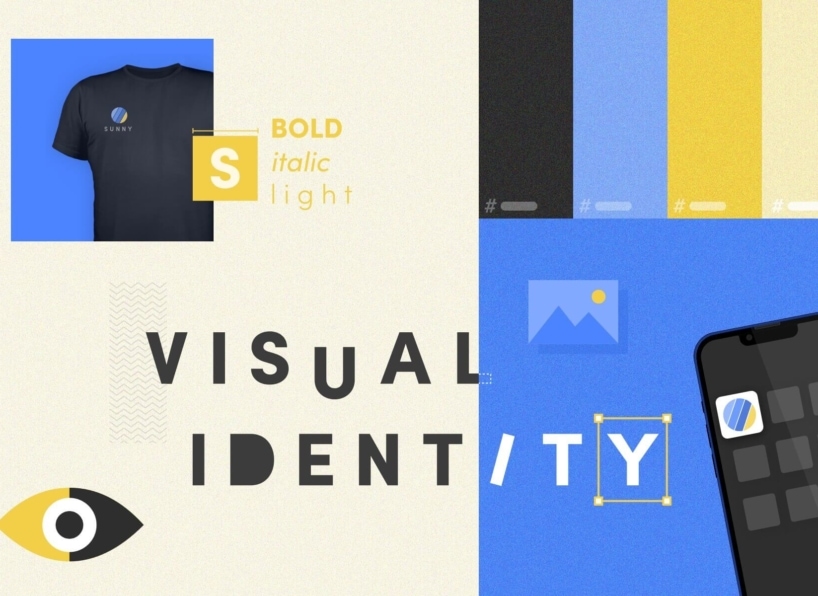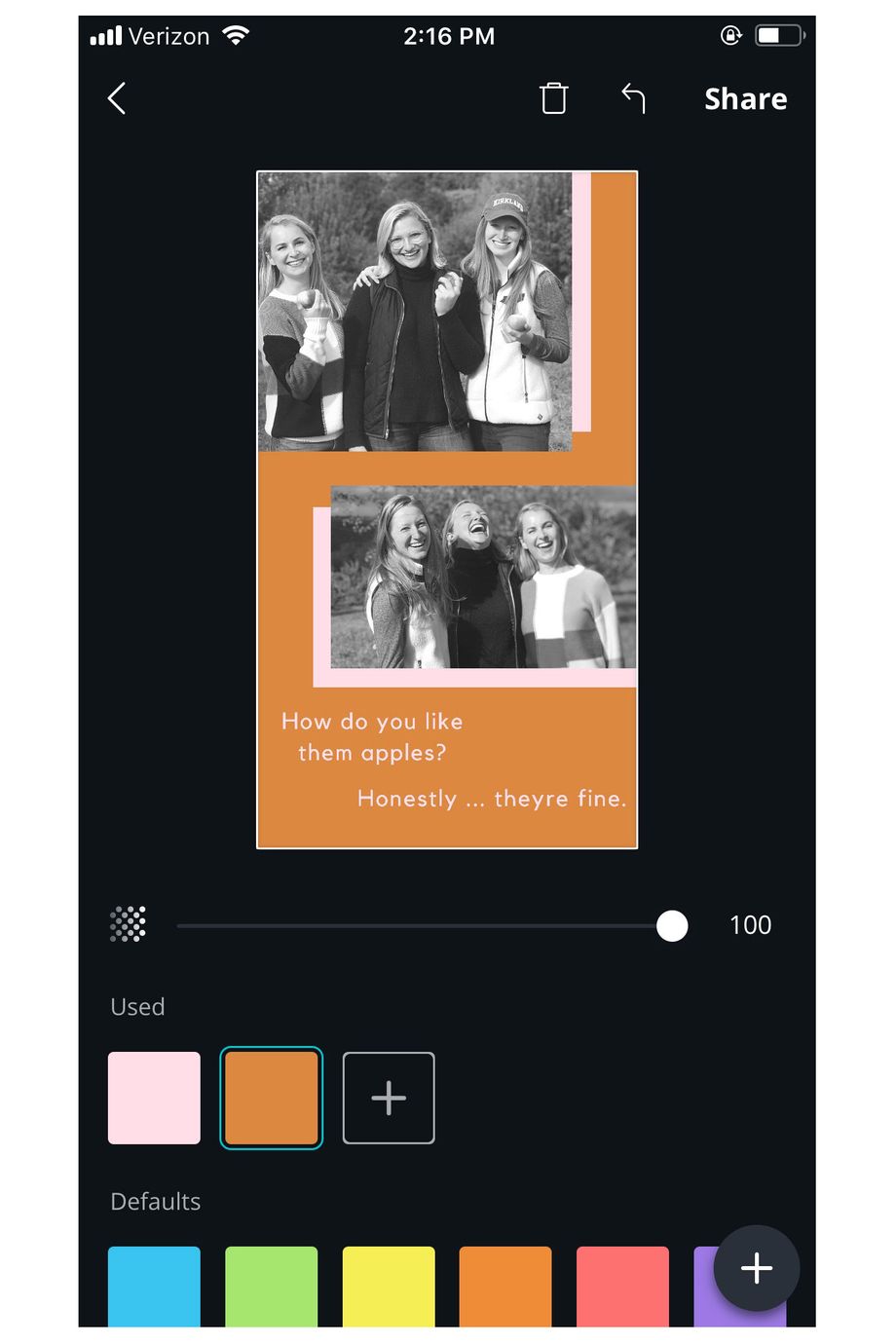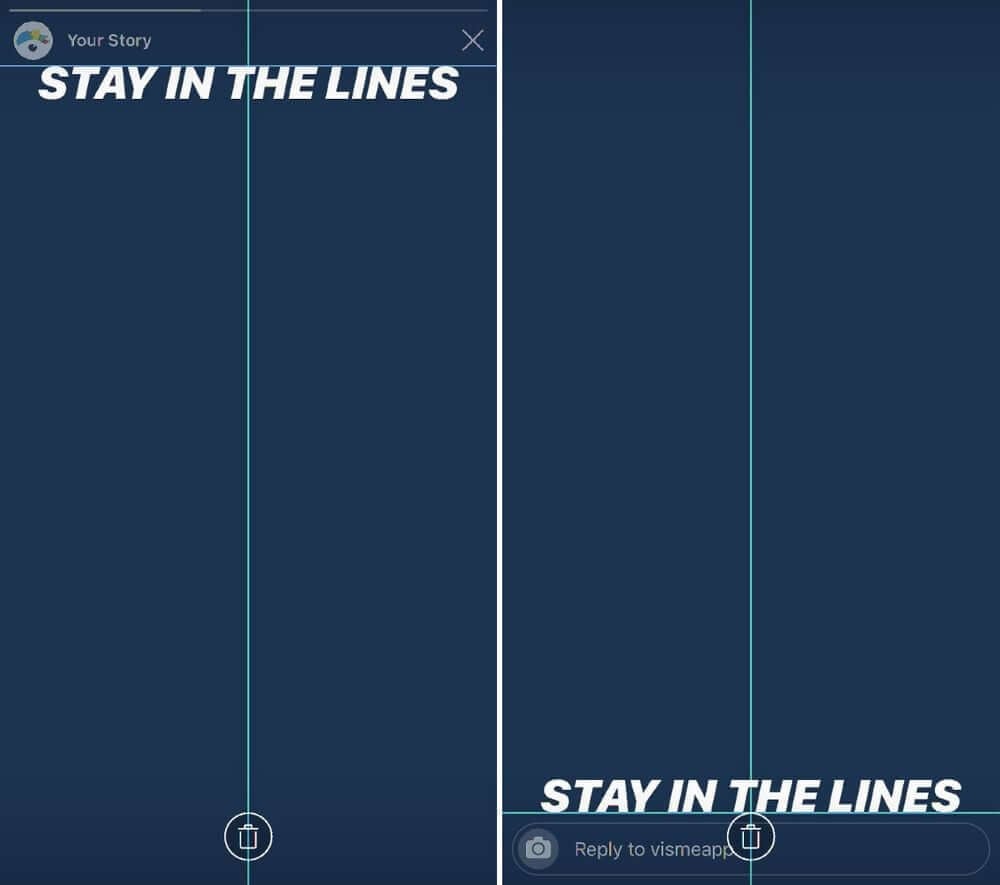The Power of Aesthetic Storytelling
Creating an engaging Instagram story layout is crucial for capturing audience attention, increasing engagement, and building brand awareness. A well-designed layout can help businesses and individuals stand out in a crowded feed, conveying their message and showcasing their personality. To create a visually appealing Instagram story layout, it’s essential to understand the principles of aesthetic storytelling.
Aesthetic storytelling is the art of using visual elements to convey a message, evoke emotions, and create a connection with the audience. On Instagram, this means using a combination of images, text, and graphics to create a cohesive and engaging story layout. By incorporating elements such as color, typography, and imagery, businesses and individuals can create a unique visual identity that resonates with their audience.
When it comes to creating an Instagram story layout, there are several key considerations to keep in mind. First, it’s essential to define the purpose of the story and the message you want to convey. This will help guide your design decisions and ensure that your layout is focused and effective. Next, consider your brand’s visual identity and how you can incorporate consistent colors, typography, and imagery into your layout.
One of the most effective ways to create a visually appealing Instagram story layout is to use a combination of images and text. By balancing these elements, you can create a layout that is both engaging and easy to read. For example, you could use a bold headline to grab attention, followed by a series of images that showcase your product or service. Alternatively, you could use a single image with overlaid text to create a clean and simple layout.
Regardless of the design approach you take, it’s essential to keep your target audience in mind. Consider what types of content they engage with, what colors and typography they respond to, and what message you want to convey. By understanding your audience and creating a layout that resonates with them, you can increase engagement, build brand awareness, and drive results.
By following these tips and best practices, you can create a visually appealing Instagram story layout that captures audience attention and drives results. Whether you’re a business or individual, a well-designed layout can help you stand out in a crowded feed and achieve your goals. So why not get creative and start designing your own Instagram story layout today?
Understanding Your Brand’s Visual Identity
When it comes to creating an Instagram story layout, incorporating your brand’s visual identity is crucial for building recognition and consistency. A well-defined visual identity helps to establish your brand’s personality, values, and tone, making it easier for your audience to connect with your content. To create a cohesive Instagram story layout, it’s essential to understand the elements that make up your brand’s visual identity.
One of the most critical elements of your brand’s visual identity is color. Colors can evoke emotions, convey messages, and create a lasting impression on your audience. When choosing colors for your Instagram story layout, consider your brand’s primary and secondary colors, as well as any accent colors that can add depth and interest. Consistency is key, so ensure that your colors are used throughout your layout to create a cohesive look.
Typography is another essential element of your brand’s visual identity. Fonts can convey different messages, from professionalism and sophistication to playfulness and creativity. When selecting fonts for your Instagram story layout, consider your brand’s primary font, as well as any secondary fonts that can add variety and interest. Ensure that your fonts are legible, consistent, and align with your brand’s tone and personality.
Imagery is also a critical component of your brand’s visual identity. Images can help to convey your brand’s message, showcase your products or services, and create an emotional connection with your audience. When selecting images for your Instagram story layout, consider your brand’s image style, tone, and aesthetic. Ensure that your images are high-quality, consistent, and align with your brand’s visual identity.
To incorporate your brand’s visual identity into your Instagram story layout, consider the following tips:
- Use consistent colors, typography, and imagery throughout your layout.
- Ensure that your layout aligns with your brand’s tone and personality.
- Use high-quality images that showcase your products or services.
- Experiment with different fonts and colors to add variety and interest.
- Keep your layout simple, clean, and easy to read.
By incorporating your brand’s visual identity into your Instagram story layout, you can create a cohesive and recognizable brand presence that resonates with your audience. Remember to keep your layout consistent, high-quality, and aligned with your brand’s tone and personality.
Choosing the Right Story Layout Template
When it comes to creating an Instagram story layout, choosing the right template can make all the difference. With so many options available, it can be overwhelming to decide which one to use. In this section, we’ll explore three popular Instagram story layout templates: grid, carousel, and single-image layouts.
Grid layouts are a popular choice for Instagram stories, as they allow you to showcase multiple images or videos in a single layout. This template is ideal for showcasing products, services, or events, and can be customized to fit your brand’s visual identity. However, grid layouts can be overwhelming if not executed correctly, so it’s essential to balance the number of images and text to avoid visual clutter.
Carousel layouts, on the other hand, allow you to showcase multiple images or videos in a single layout, with the added benefit of being able to swipe through each image. This template is ideal for telling a story or showcasing a series of products or services. However, carousel layouts can be time-consuming to create, and may not be suitable for all types of content.
Single-image layouts are a simple yet effective way to showcase a single image or video. This template is ideal for showcasing a product, service, or event, and can be customized to fit your brand’s visual identity. However, single-image layouts may not be suitable for showcasing multiple products or services, and may not be as engaging as other templates.
When choosing a story layout template, consider the following factors:
- The type of content you’re showcasing: Grid layouts are ideal for showcasing multiple products or services, while carousel layouts are ideal for telling a story.
- Your brand’s visual identity: Choose a template that aligns with your brand’s colors, typography, and imagery.
- The level of engagement you want to encourage: Carousel layouts can encourage users to swipe through each image, while single-image layouts may encourage users to engage with a single image.
Ultimately, the right story layout template for you will depend on your specific needs and goals. By considering the type of content you’re showcasing, your brand’s visual identity, and the level of engagement you want to encourage, you can choose a template that helps you create an effective Instagram story layout.
Designing Your Story Layout with Instagram’s Built-in Features
Instagram offers a range of built-in features that can help you create engaging and interactive story layouts. From the “swipe-up” feature to polls, quizzes, and question stickers, these features can help you drive engagement, increase conversions, and build brand awareness.
The “swipe-up” feature is a powerful tool for driving traffic to your website or landing page. By adding a “swipe-up” link to your story, you can encourage users to visit your website, sign up for a newsletter, or make a purchase. To use the “swipe-up” feature, simply add a link to your story and select the “swipe-up” option.
Polls are another popular feature on Instagram, allowing you to ask your audience questions and gather feedback. By creating a poll, you can encourage engagement, increase conversions, and build brand awareness. To create a poll, simply select the “poll” option from the sticker menu and add your question and answer options.
Quizzes are a fun and interactive way to engage with your audience, allowing you to ask questions and provide answers. By creating a quiz, you can encourage engagement, increase conversions, and build brand awareness. To create a quiz, simply select the “quiz” option from the sticker menu and add your questions and answer options.
Question stickers are a great way to encourage engagement and gather feedback from your audience. By adding a question sticker to your story, you can ask your audience questions and gather feedback. To use question stickers, simply select the “question” option from the sticker menu and add your question.
When using Instagram’s built-in features, consider the following tips:
- Use the “swipe-up” feature to drive traffic to your website or landing page.
- Create polls and quizzes to encourage engagement and gather feedback.
- Use question stickers to ask your audience questions and gather feedback.
- Experiment with different features to find what works best for your brand.
By incorporating Instagram’s built-in features into your story layout, you can create engaging and interactive content that drives engagement, increases conversions, and builds brand awareness.
Using Third-Party Apps to Enhance Your Story Layout
While Instagram’s built-in features are powerful, third-party apps can help take your story layout to the next level. From design and editing tools to analytics and scheduling features, these apps can help you create professional-looking layouts, save time, and optimize your content for engagement.
Canva is a popular design app that offers a range of templates, design tools, and editing features. With Canva, you can create custom graphics, edit photos, and design layouts that match your brand’s visual identity. Canva also offers a range of Instagram-specific templates and design tools, making it easy to create professional-looking layouts.
Adobe Spark is another powerful design app that offers a range of templates, design tools, and editing features. With Adobe Spark, you can create custom graphics, edit photos, and design layouts that match your brand’s visual identity. Adobe Spark also offers a range of Instagram-specific templates and design tools, making it easy to create professional-looking layouts.
Unfold is a popular app that offers a range of templates, design tools, and editing features specifically designed for Instagram stories. With Unfold, you can create custom graphics, edit photos, and design layouts that match your brand’s visual identity. Unfold also offers a range of Instagram-specific templates and design tools, making it easy to create professional-looking layouts.
When using third-party apps, consider the following tips:
- Choose an app that aligns with your brand’s visual identity and design style.
- Use templates and design tools to save time and create professional-looking layouts.
- Experiment with different editing features to enhance your photos and graphics.
- Use analytics and scheduling features to optimize your content for engagement.
By incorporating third-party apps into your Instagram story layout workflow, you can create professional-looking layouts, save time, and optimize your content for engagement.
Adding Text and Graphics to Your Story Layout
Adding text and graphics to your Instagram story layout can help to enhance the visual appeal of your content and communicate your message more effectively. However, it’s essential to balance text and images to avoid overwhelming your audience.
When adding text to your story layout, consider the following tips:
- Use a clear and concise font style that aligns with your brand’s visual identity.
- Choose a font color that complements your brand’s color scheme and is easy to read.
- Use headings and subheadings to break up large blocks of text and create a clear hierarchy of information.
- Keep your text concise and focused on the key message you want to communicate.
When adding graphics to your story layout, consider the following tips:
- Use high-quality graphics that are visually appealing and align with your brand’s visual identity.
- Choose graphics that complement your text and help to communicate your message more effectively.
- Use graphics to break up large blocks of text and create a clear hierarchy of information.
- Experiment with different graphics and animations to add visual interest to your layout.
By balancing text and images in your story layout, you can create a visually appealing and effective way to communicate your message to your audience.
Some popular graphics and text elements to consider adding to your story layout include:
- Logos and branding elements to reinforce your brand’s visual identity.
- Icons and graphics to add visual interest and break up text.
- Animations and GIFs to add movement and energy to your layout.
- Quotes and testimonials to add social proof and credibility.
By incorporating these elements into your story layout, you can create a visually appealing and effective way to communicate your message to your audience.
Optimizing Your Story Layout for Engagement
Once you’ve created a visually appealing Instagram story layout, it’s essential to optimize it for engagement. Engagement is a critical metric for measuring the success of your Instagram story layout, as it indicates how well your content is resonating with your audience.
One of the most effective ways to optimize your story layout for engagement is to use calls-to-action (CTAs). CTAs are prompts that encourage your audience to take a specific action, such as “swipe up” or “visit our website.” By including CTAs in your story layout, you can drive traffic to your website, increase conversions, and boost engagement.
Interactive elements are another effective way to optimize your story layout for engagement. Interactive elements, such as polls, quizzes, and question stickers, allow your audience to engage with your content in a more immersive way. By incorporating interactive elements into your story layout, you can increase engagement, boost conversions, and build brand awareness.
Eye-catching visuals are also essential for optimizing your story layout for engagement. Eye-catching visuals, such as high-quality images and videos, can help to capture your audience’s attention and draw them into your content. By incorporating eye-catching visuals into your story layout, you can increase engagement, boost conversions, and build brand awareness.
Some popular strategies for optimizing your story layout for engagement include:
- Using CTAs to drive traffic to your website or landing page.
- Incorporating interactive elements, such as polls and quizzes, to increase engagement.
- Using eye-catching visuals, such as high-quality images and videos, to capture your audience’s attention.
- Experimenting with different layouts and designs to find what works best for your brand.
By incorporating these strategies into your Instagram story layout, you can optimize it for engagement and drive real results for your brand.
Measuring the Success of Your Story Layout
Once you’ve created and published your Instagram story layout, it’s essential to measure its success. Measuring the success of your story layout can help you understand what’s working and what’s not, and make data-driven decisions to improve your content.
Instagram Insights is a powerful tool for measuring the success of your story layout. With Instagram Insights, you can track metrics such as engagement rates, reach, and conversions. You can also use Instagram Insights to track your audience’s demographics, interests, and behaviors.
Some key metrics to track when measuring the success of your story layout include:
- Engagement rates: This metric measures the percentage of users who engage with your content, such as likes, comments, and saves.
- Reach: This metric measures the number of users who view your content.
- Conversions: This metric measures the number of users who take a desired action, such as visiting your website or making a purchase.
By tracking these metrics, you can gain a deeper understanding of your audience’s behavior and preferences, and make data-driven decisions to improve your content.
Some popular strategies for using Instagram Insights to measure the success of your story layout include:
- Tracking engagement rates to understand what types of content resonate with your audience.
- Monitoring reach to understand how many users are viewing your content.
- Tracking conversions to understand how many users are taking a desired action.
- Using Instagram Insights to identify trends and patterns in your audience’s behavior.
By using Instagram Insights to measure the success of your story layout, you can optimize your content for better performance and drive real results for your brand.







